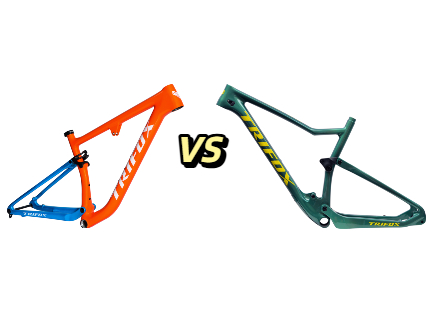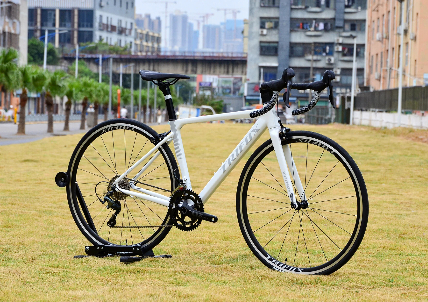Buying a road bike can be an exciting experience, but it's important to get the right size. A bike that's too big or small can lead to discomfort, poor performance, and even injury. That's why it’s crucial to know how to measure a road bike frame correctly.
In this blog post, we'll cover everything you need to know about measuring a road bike frame, from determining your ideal bike size to taking accurate measurements. Whether you're a seasoned cyclist or just starting out, this guide will help you choose the perfect road bike frame size for your needs.
Step 1: Determine Your Ideal Bike Size
The first step in measuring a road bike frame is to determine your ideal bike size. This will depend on a number of factors, including your height, inseam, riding style, and personal preference. A general rule of thumb is to measure your inseam and multiply it by 0.65 to find your ideal frame size. However, this is just a starting point, and you may need to make adjustments depending on your body type and riding style.
Step 2: Measure the Top Tube
Once you've determined your ideal bike size, it's time to start taking measurements. The first measurement you'll need is the top tube length. This is the horizontal distance between the seat tube and the head tube. To measure the top tube length, place a straightedge or ruler against the center of the head tube and measure to the center of the seat tube. Be sure to take this measurement with the bike level, and avoid measuring along the curve of the tube.
Step 3: Measure the Seat Tube
The next measurement you'll need is the seat tube length. This is the vertical distance between the center of the bottom bracket and the center of the top tube. To measure the seat tube length, place a tape measure at the center of the bottom bracket and measure to the top of the seat tube. Keep in mind that the seat tube length should be adjusted based on the length of your inseam.
Step 4: Measure the Standover Height
The standover height is the distance between the ground and the top of the top tube when the bike is standing upright. This measurement is important to ensure that you can stand comfortably over the bike without touching the top tube. To measure the standover height, stand over the bike with your feet flat on the ground and measure the distance between the ground and the top of the top tube.
Step 5: Adjust for Riding Style
Finally, it's important to adjust your measurements based on your riding style. For example, if you're planning to use your road bike for racing, you may want a smaller frame size for a more aerodynamic position. On the other hand, if you're using your road bike for touring or long-distance riding, you may want a larger frame size for more comfort and stability.

Conclusion:
Measuring a road bike frame may seem daunting at first, but it's an essential step in choosing the right bike for your needs. By following these steps and taking accurate measurements, you can find the perfect road bike frame size for your height and riding style.
Remember to also take into account your comfort and preference when selecting the frame size. The right sized bike will help you ride further, faster, and with more comfort. Start exploring the trails or roads with your new bike!






















































































